
|
Tropical Ecology Research Facility |
|
In 1935, the Cane toad Bufo marinus was introduced to Australia to control the Cane beetle.
The toad didn't succeed in controlling the beetle, but was highly succesful in colonizing
all suitable habitats. The toad upsets Australia's wildlife, which evolved in the absence of any
toad species. Snakes and lizards that eat the toad die because the toad's skin is poisonous.
Although as yet no predator species seems to have gone fully extinct, the impact of the toad
on wildlife is huge.
In the Tropical Ecology Reseach Facility, several scientists study the interaction between the toad and local wildlife. Although part of the research aims to somehow control the spread of the toad, the unintended 'experiment' also offers opportunities to study fundamental ecological questions. MSc student Bas Bruning worked on these more fundamental questions. The Research Facility is located in Middle Point - this village has all but disapperared though! The Facility's buildings are the only remaining part of Middle Point. |
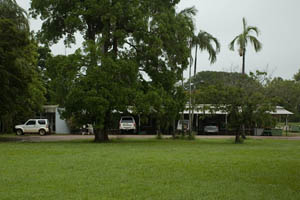
|
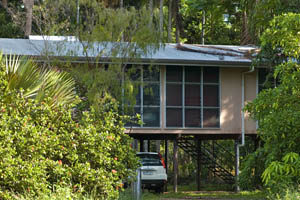
|
| Laboratory building | Housing for temporary personnel |
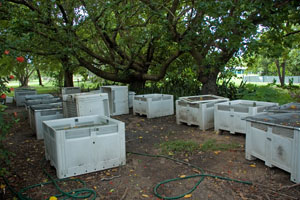
|
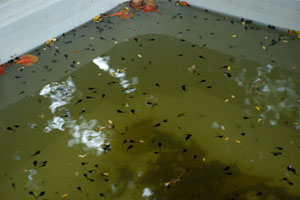
|
| Tanks for rearing tadpoles | Tadpoles in tank |
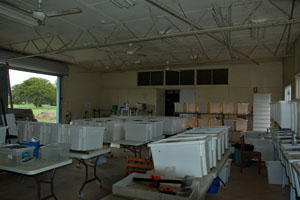
|
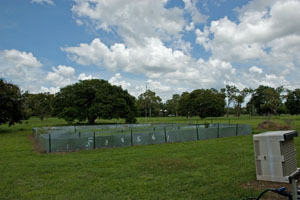
|
| Building were experimental animals are kept | Small plots for field experiments |
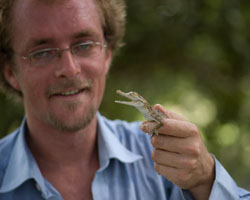
|
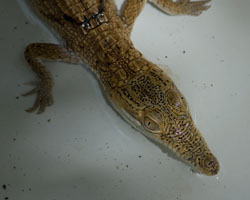
|
| Bas with newly hatched crocodile | Newly hatched crocodile - still cute... |
| Cryptoblepharus plagicephalos | ||
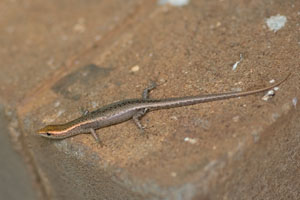
|
||
| Skink on laboratory building | ||
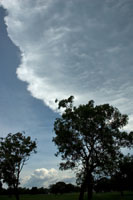
|
| Thunderstorm towering over the area |
| Research impressions |
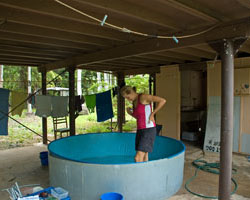
|
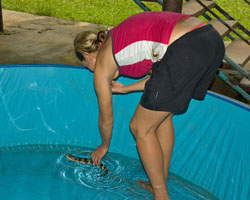
|
| Sam quantifying locomotory behavior of Blue tongued Skink, Tiliqua scincoides. | |
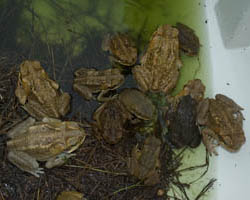
|
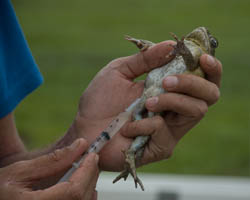
|
| Bufo marinus kept for experiments |
Bas injecting a toad to stimulate amplexus behavior |
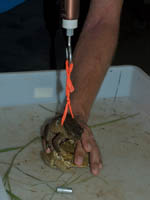
|
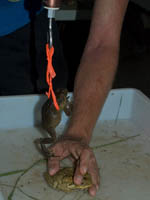
|
| Measuring strength of amplexus in Bufo marinus | |
| Insect life around the station |
| The research facility has a small number of buildings, scattered over a huge lawn. Various trees and shrubs grow in the lawn. The area proved to be rather attractive for a variety of wasp species or at least they are readily observed here! You mostly see them flying by, but one tree species appeared to be very attractive to many wasps. Here's a sample of the species I observed. |
| Wasps: family Vespidae |
| Pseudabispa paragioides | ||
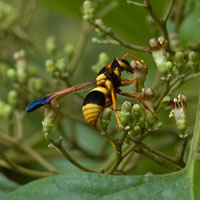
|
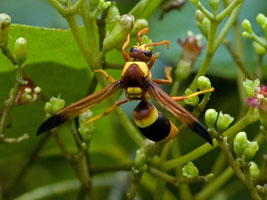
|
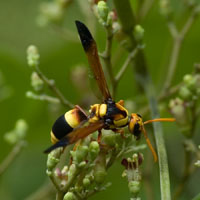
|
| Feeding at Premna cf. acuminata (Verbenaceae) | ||
| Bidentodynerus bicolor | ||
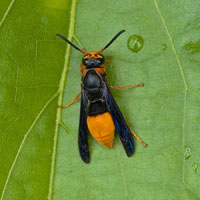
|
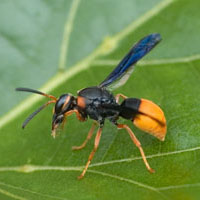
|
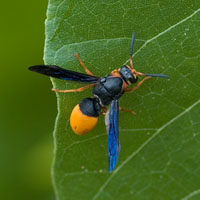
|
| Epiodynerus nigrocinctus | ||
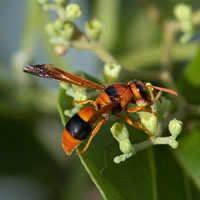
|
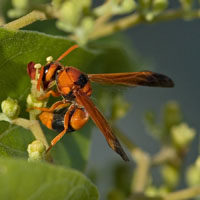
|
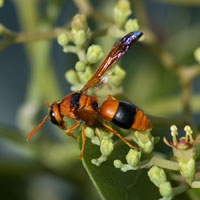
|
| Feeding at Premna cf. acuminata (Verbenaceae) | ||
| Rhynchium superbum | ||
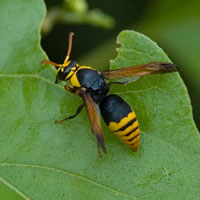
|
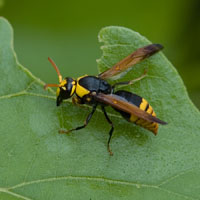
|
|
| Delta campaniforme | ||
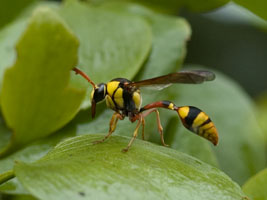
|
||
| Euodynerus succincta | ||
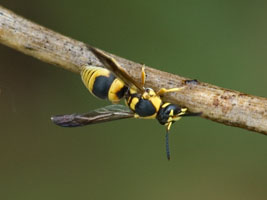
|
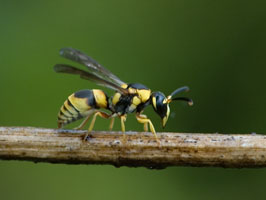
|
|
| Ropalidia romandi | ||
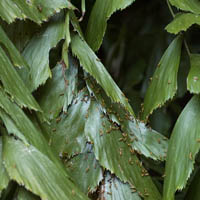
|
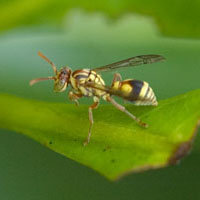
|
|
| Wasps: family Sphecidae |
| Sphex spec. | Chalybion bengalense |
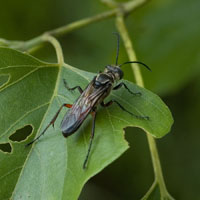
|
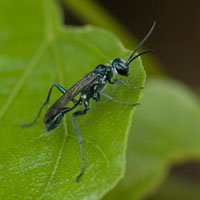
|
| Prionyx saevus | ||
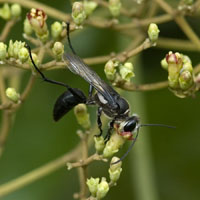
|
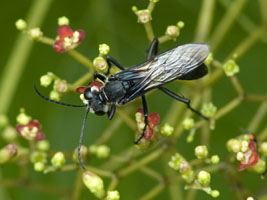
|
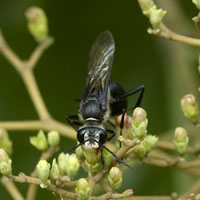
|
| Sphex spec. | ||
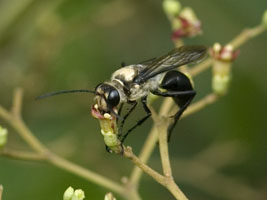
|
||
| Feeding at Premna cf. acuminata (Verbenaceae) |
| Ammophila spec. | |
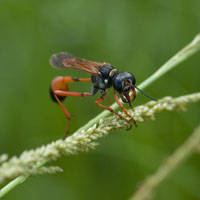
|
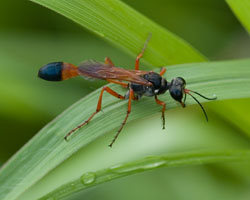
|
| Sceliphron laetum | |
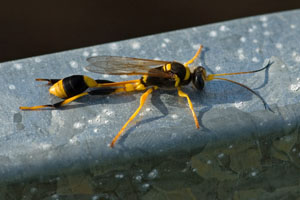
|
|
| Chrysididae: Stilbum superbum | |
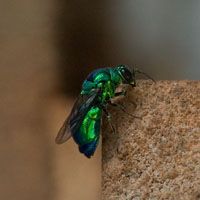
|
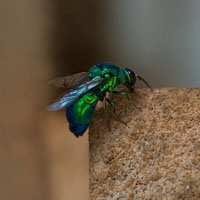
|
| Apidae: Thyreus nitidus nitidus | |
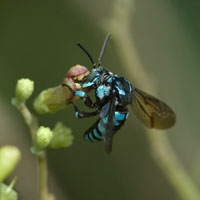
|
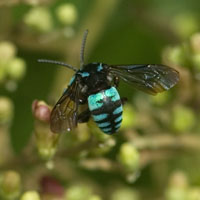
|
| Miscellaneous Insects & Spider |
| Bombyliidae: Thraxan luteus | |
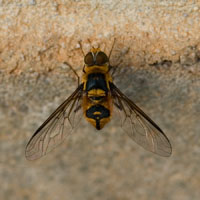
|
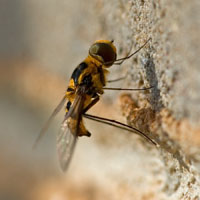
|
| Micropezidae: Mimegralla australica | |
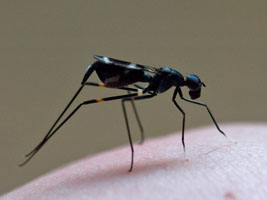
|
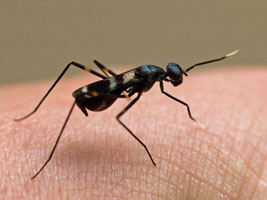
|
|
Anax guttatus |
Neurothemis stigmatizans |
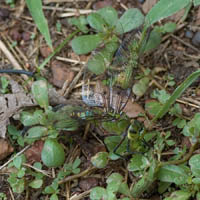
|
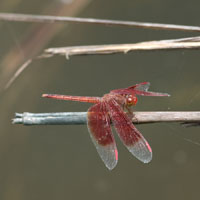
|
|
Female ovipositing far away from any water! |
| Termite |
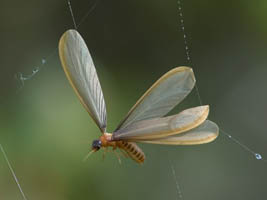
|
|
Cicadidae: Macrostristria spec. |
Pyrrhocoridae: Dysdercus spec. |
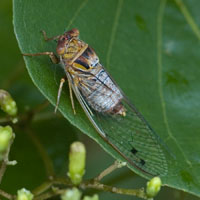
|
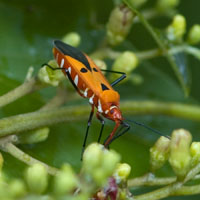
|
|
Arachnida: Argiope spec. |
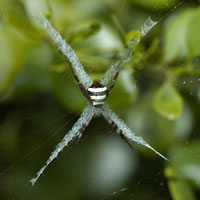
|